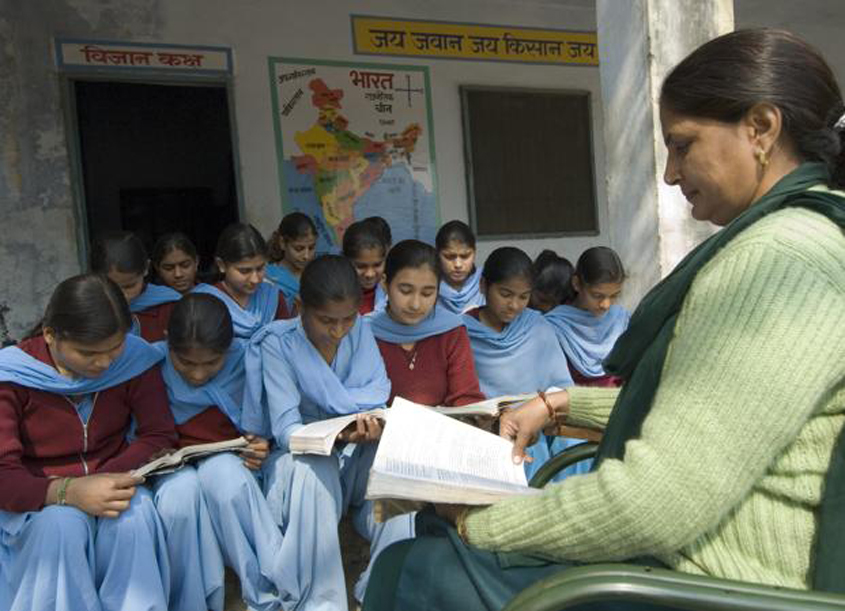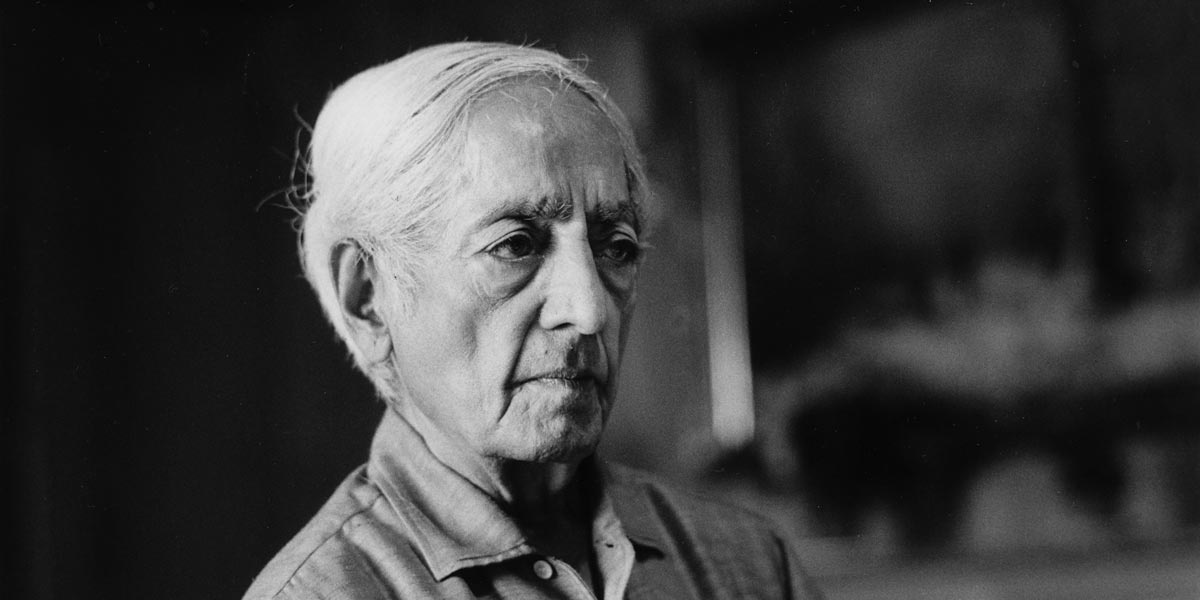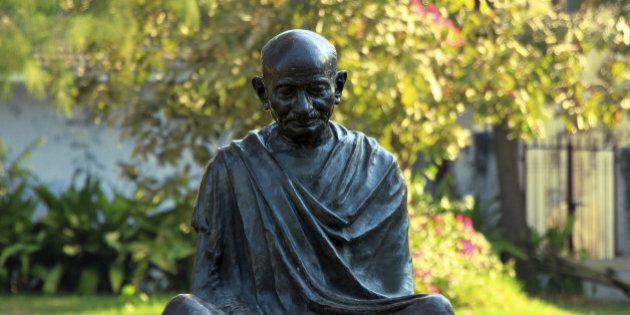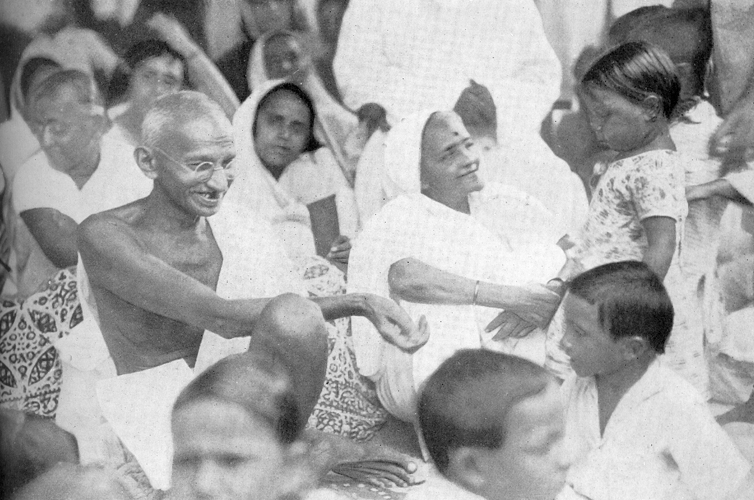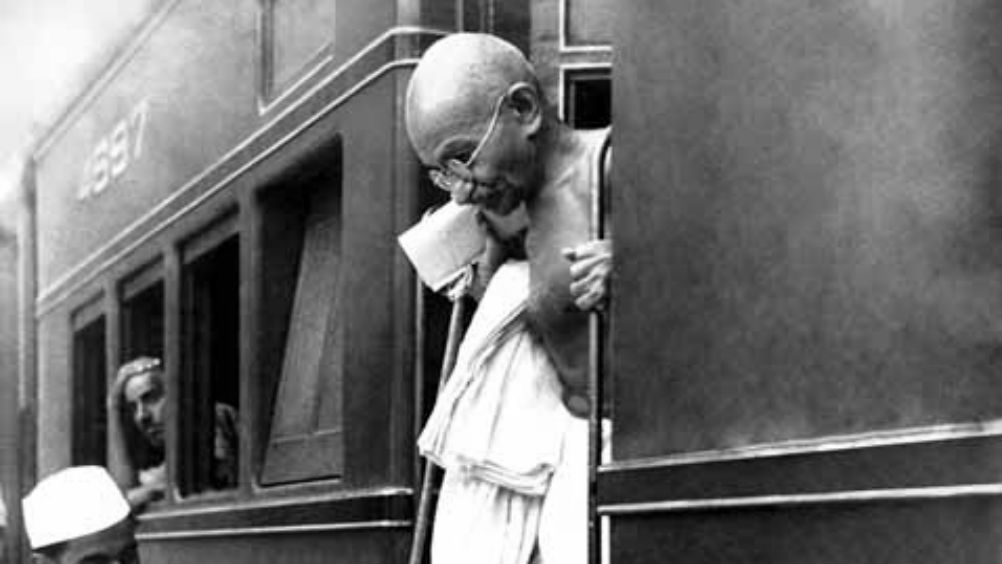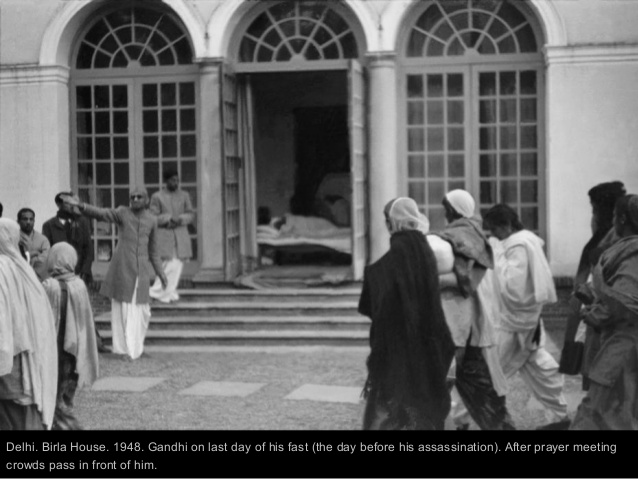
In 1996 India took a great step forward in terms of empowering rural tribal communities, a step which moreover was very much in continuity with Gandhian traditions of gram swaraj or village self-rule ( genuine decentralization based on justice and equality) and so India was a particularly good country for introducing such a step. This was in the form of enacting the Panchayati Raj ( Extension to Scheduled Areas) Act or the PESA law.
In a nutshell this law was meant to extend the provisions of rural decentralization ( as implemented a little earlier in the greater part of the country by new laws) to scheduled areas where a large part of the tribal communities live in ways which would strengthen the tribal community or its gram sabha ( village assembly including all adult members) in ways which are more much stronger than in other parts of the country.
If one looks at the various provisions of the PESA law then the kind of empowerment which the community gets here is very strong and so the community is in a stronger position to resist any outside exploitative forces and to protect internal integrity while also initiating reform. This is seen to be very important for tribal communities for keeping away policies and forces whose aim it is to plunder the rich natural resources of their area while disrupting their life or displacing them from their homes and hearths altogether.
Although some of the provisions of this law were intended to be even stronger in terms of the empowerment of the gram sabha and there was some last-minute dilution while getting the law passed, still what emerged was good enough, if it was taken forward and implemented in the right spirit.
This turned out to be precisely the problem. The various governments were not really very keen to take this forward in the right spirit. The political will was missing. The forces which were keen to plunder the mineral and natural wealth of these regions were very powerful and they had a lot of influence in the various governments. These forces really regard this law as a big hindrance and try to bypass it in various ways. At present the political will to implement PESA in the right spirit hardly exists. Even the rules have not been framed properly in some important states.
This year PESA completes 25 years. What we see is that the forces of plunder are becoming stronger and the real interests of tribal communities are being neglected while the interests of the forces of plunder are readily accommodated by the authorities, although the extent of this betrayal of the spirit of PESA may differ from state to state. The result is that there is unrest and then violent suppression, instead of the expected glory of strengthening gram swaraj among tribal communities along Gandhian lines, in the process also learning from tribal communities, and providing the world a great example of people living in harmony with nature, a lesson which the world really needs today.
The senior most person who was in the forefront of the struggle for PESA law was Dr. B.D. Sharma, one of the most enlightened officers to emerge from the senior echelon of the Indian Administrative Services. He was deeply committed to tribal welfare and some senior political leaders, particularly the former Prime Minister Mrs. Indira Gandhi respected this as well as his total honesty and integrity. So he got some chances to serve the tribal communities in senior positions, his last official assignment being as the Commissioner for Scheduled Castes and Tribes. His tenure in this post was known for strong and original ideas on tribal empowerment, and no other Commissioner could come up with such strong criticism of his own government’s policies.
It was during his last days as the Commissioner that he formed a small circle of friends who would assemble once a month or so to discuss important issues. I was among those fortunate initial members who continued till the last days of these get-togethers.
In some of these meetings ideas similar to PESA were often discussed. Later Dr. Sharma led the effort for this law, along with several distinguished colleagues, culminating in an indefinite fast at Rajghat, the final resting place of Mahatma Gandhi.
Ram Vilas Paswan was then the concerned Union Minister, and he had not yet entirely lost the reformist zeal of his early years. He held a dialogue with due respect with the fasting activist, former official. Hence the path of the PESA law was prepared.
In meetings after this law was passed, Dr. Sharma used to say that we have a very good law, now it is for us to see what we can be achieved with this. He was hopeful.
However as the years passed he became increasingly less hopeful and more and more disappointed with the way things were turning out. He was also personally humiliated .
After his deaths things deteriorated further.
Perhaps the best homage we can still pay him to is to struggle more for the success of PESA, its implementation in the right spirit.
This is important for India, this is important also for the world. As the late Edward (Teddy) Goldsmith , founder-editor of The Ecologist would have said, the world faced with ecological ruin and existential threats caused by this, is struggling for the ‘way’, the path for people and nature to live in harmony, and empowered tribal communities may have much to contribute to this.
Bharat Dogra is a journalist and author. His recent books include Planet in Peril and Protecting Earth for Children.

